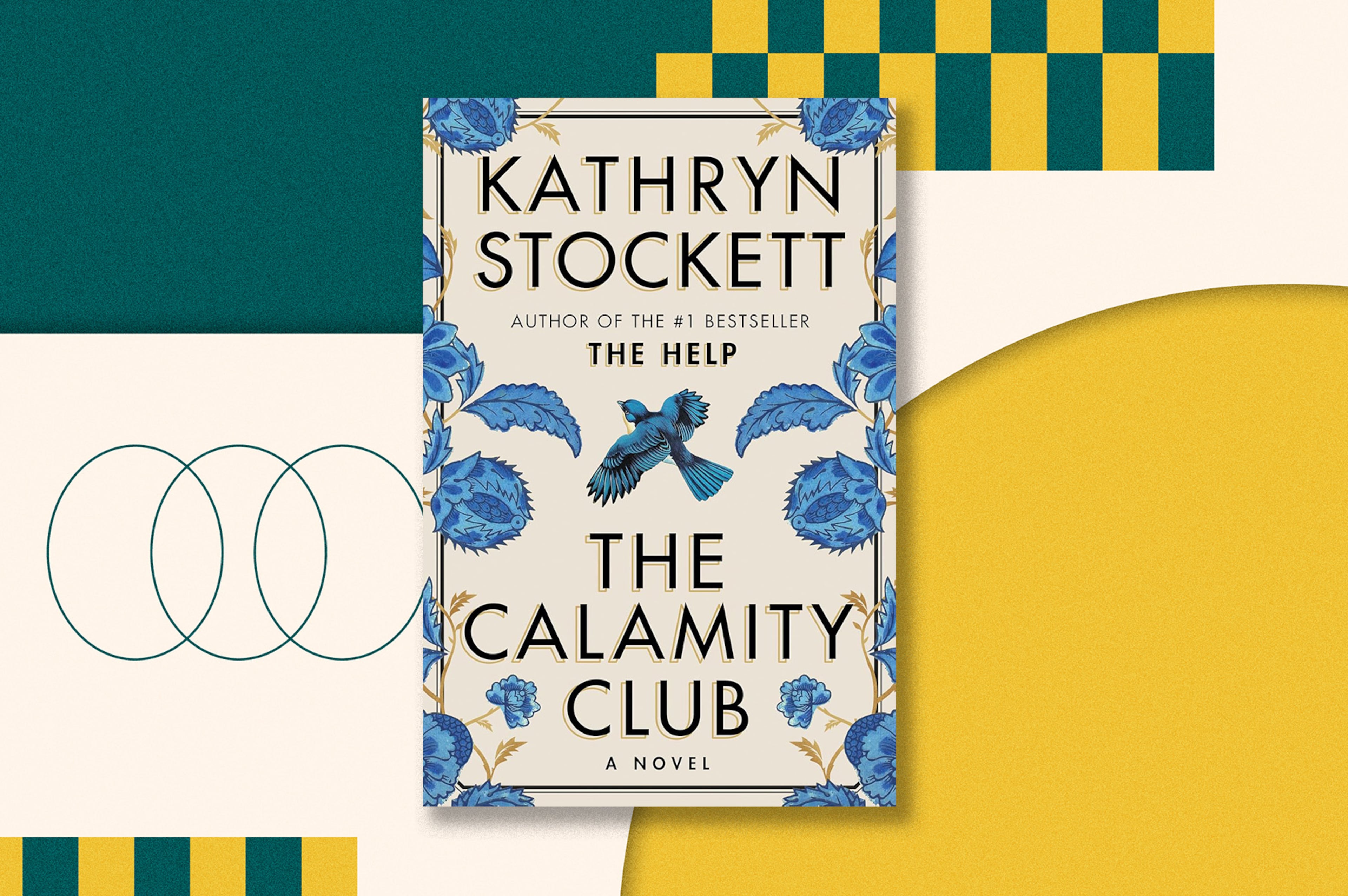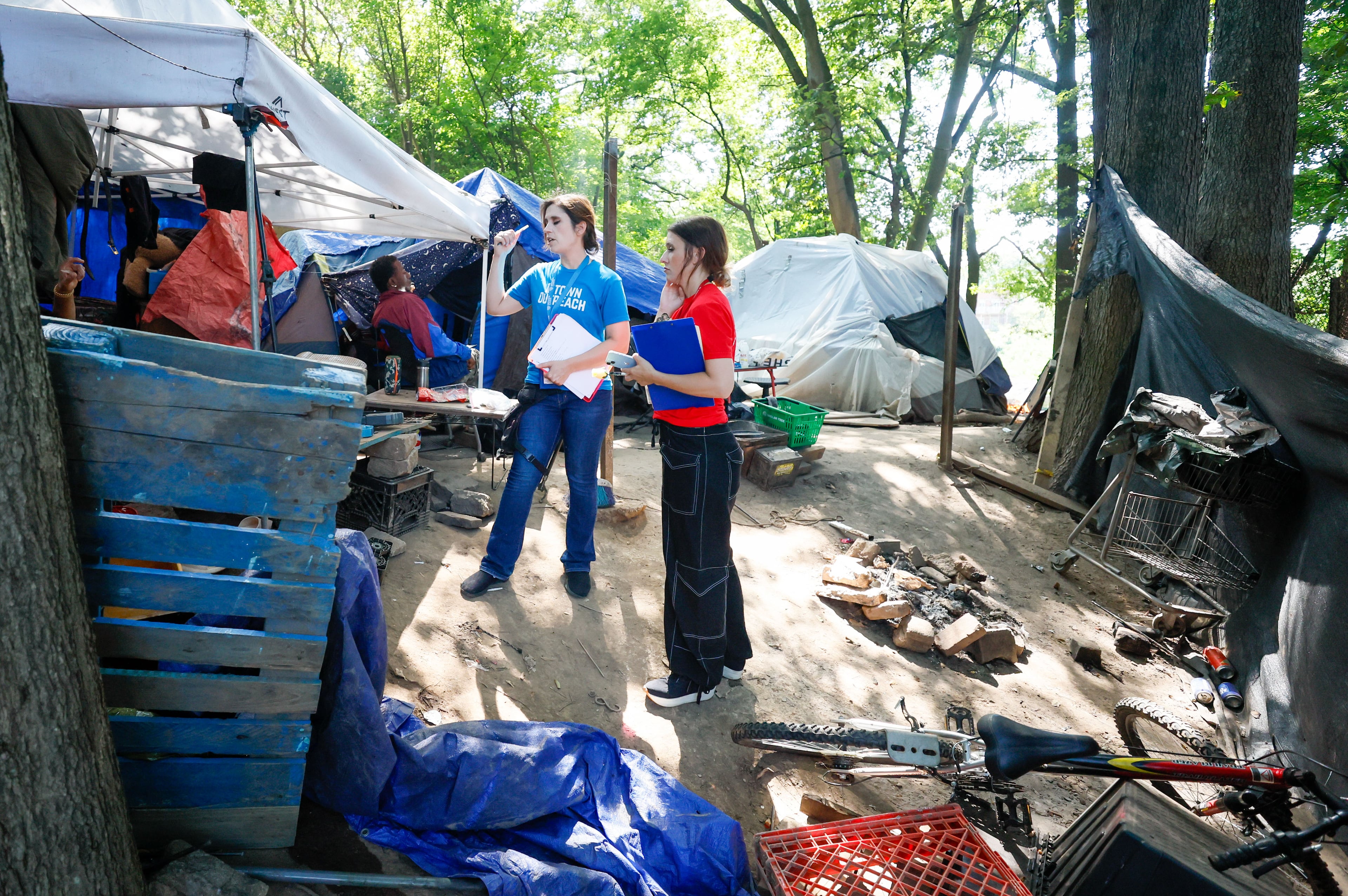How Atlanta became the LGBTQ+ epicenter of the South
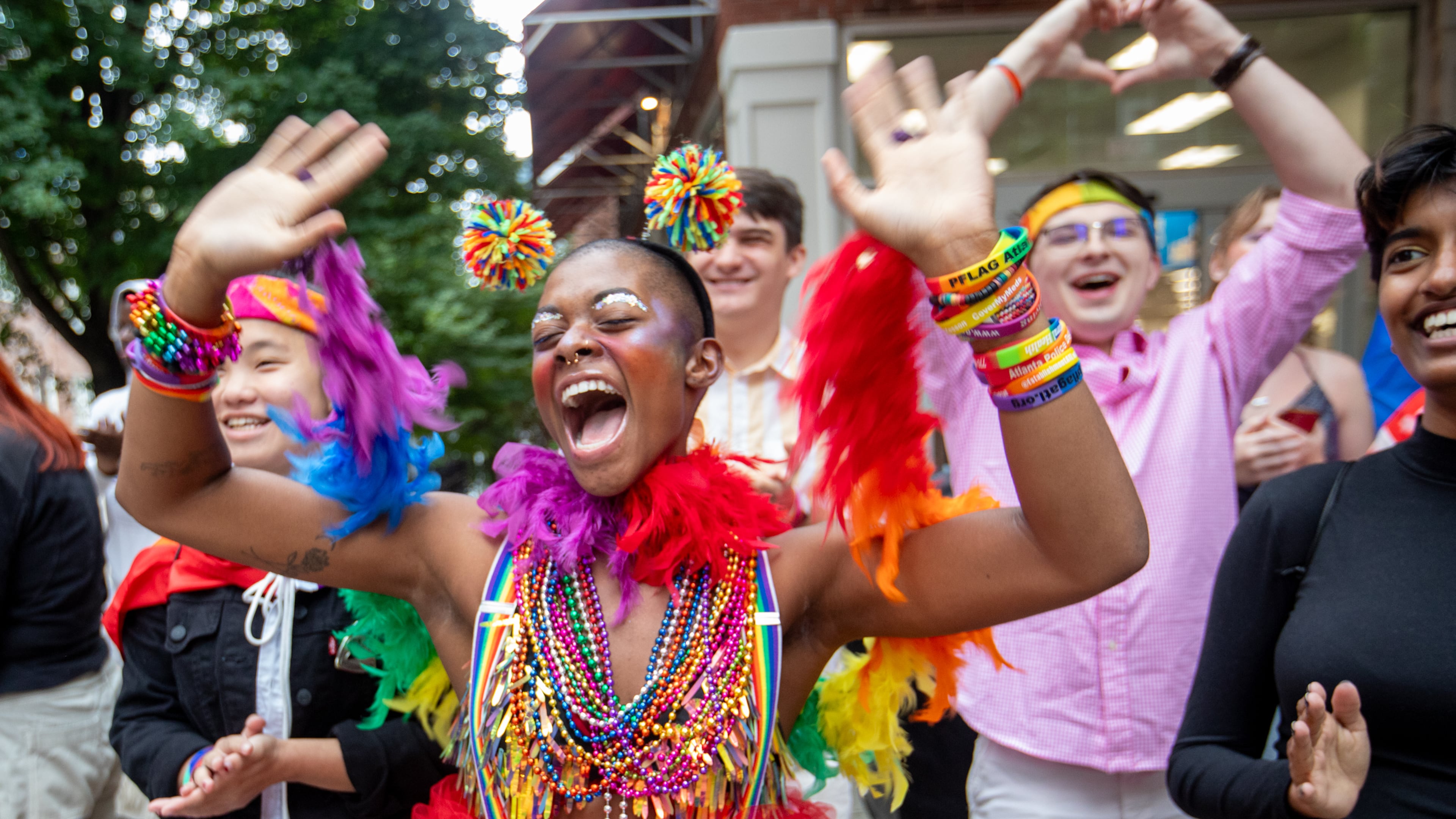
Atlanta’s LGBTQ+ history is deep, complex and woven into the very fabric of the city. But that history has often existed just out of frame — between the lines of newspaper clippings, in whispered stories passed between generations, in flyers rescued from bar floors and lovingly stored in archives. For decades, LGBTQ+ Atlantans built spaces for joy, resistance, romance and survival while navigating the shifting tides of acceptance, surveillance, activism and memory.
“In reading newspapers and archives, it was clear that queer people in Atlanta were finding ways to be seen at least as far back as the 19th century,” said historian and author Martin Padgett, who first chronicled the city’s LGBTQ+ history in “A Night at the Sweet Gum Head: Drag, Drugs, Disco and Atlanta’s Gay Revolution” in 2021.
Padgett’s new book, “The Many Passions of Michael Hardwick: Sex and the Supreme Court in the Age of AIDS” (W.W. Norton Books, $31.99), is a biography of the activist who got caught in the crosshairs of Georgia’s sodomy law. Its publication coincides with Pride Month, a time for reflecting on Atlanta’s LGBTQ+ history.
Drag performance has long been a popular form of entertainment in Atlanta, but its roots run deeper than one might imagine. Female impersonators performed in Atlanta as early as 1895 at the Cotton States and International Exposition. This early form of proto-drag would become one of Atlanta’s greatest cultural exports. What began as vaudeville novelty would evolve into one of the city’s most radical and enduring forms of queer expression.
More than a half-century later, Atlanta was still drawing in performers with dreams bigger than their hometowns. Mr. Charlie Brown, a small-town Tennessee boy doing drag in Nashville, recalled his first visit to the famous Cheshire Bridge drag bar Sweet Gum Head in 1971.
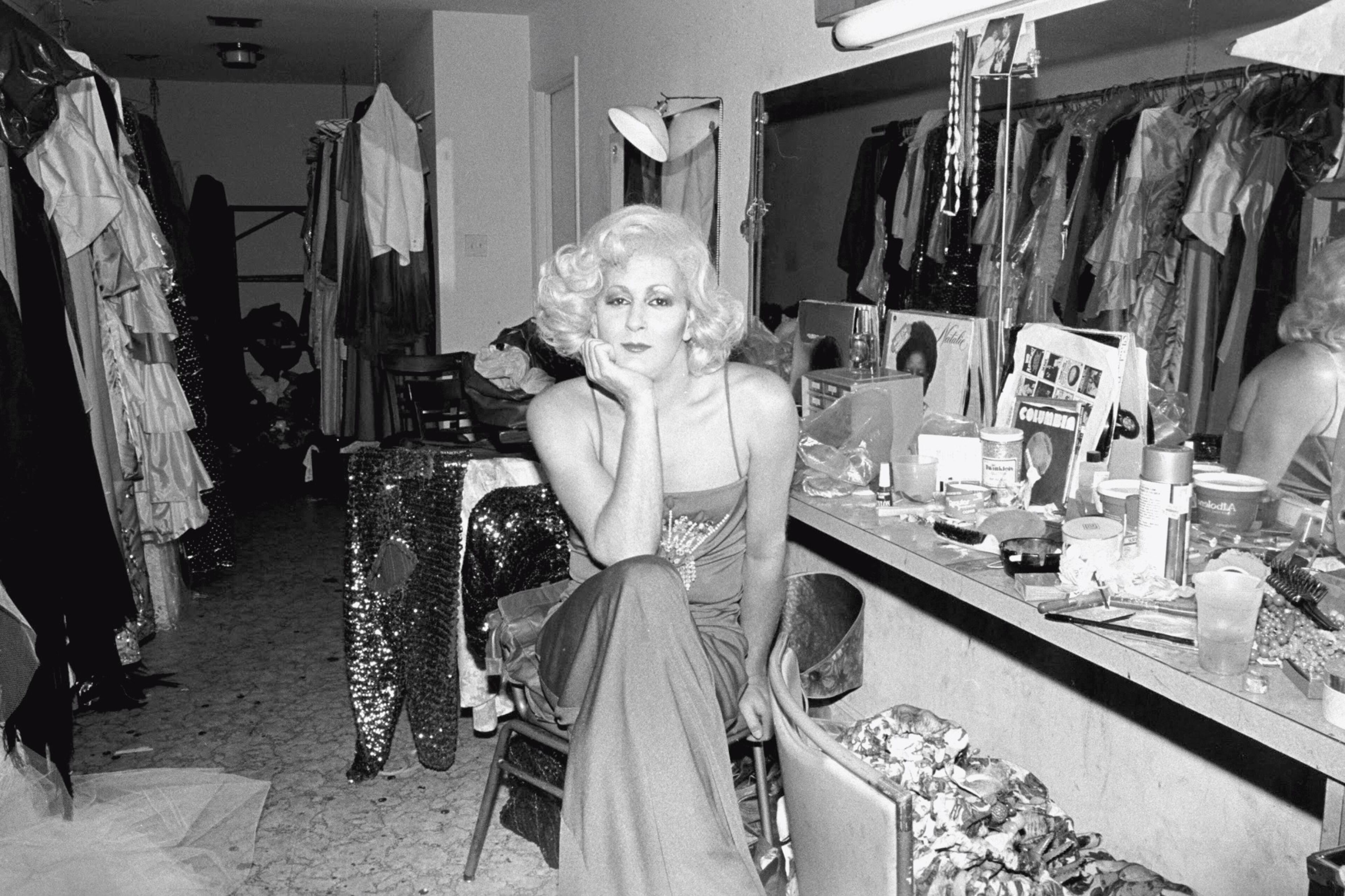
“The drag shows at ‘The Showplace of the South’ were getting talked about all across the South. When I stepped inside, my mind was blown! I had never seen a gay bar that big. I had never seen that many beautiful gay men or so many beautiful lesbians. And the show was unbelievable,” he wrote in his 2024 memoir “Bitch of the South.”
When asked if he’d perform a number for free, just for exposure, he jumped at the chance. “I couldn’t get the word YES out of my mouth fast enough.” A few decades later, Mr. Charlie Brown would host the legendary drag show at Backstreet, continuing a century of Atlanta drag entertainment.
But behind the glitter, there was danger. Atlanta, like most American cities, enforced strict anti-cross-dressing and anti-sodomy laws well into the 20th century.
“People were being arrested for cross-dressing and for cruising and for sodomy, of course,” Padgett explained. At clubs like Sweet Gum Head, drag performers and patrons developed their own underground systems of protection — lookouts at the doors, traveling in packs and keeping at least a few articles of “assigned-gender” clothing on their bodies at all times to avoid arrest.
Outside of these queer bubbles, the threat intensified. “The vulnerability was in being alone in unfamiliar parts of town,” Padgett said. “being the one caught in Piedmont Park just walking by a police officer, looking or acting the wrong way.”
Still, Atlanta offered something smaller Southern towns could not: possibility. A transportation hub with growing cultural clout, the city attracted people not only for work or school, but for freedom. Atlanta was on its way to becoming an LGBTQ+ epicenter.
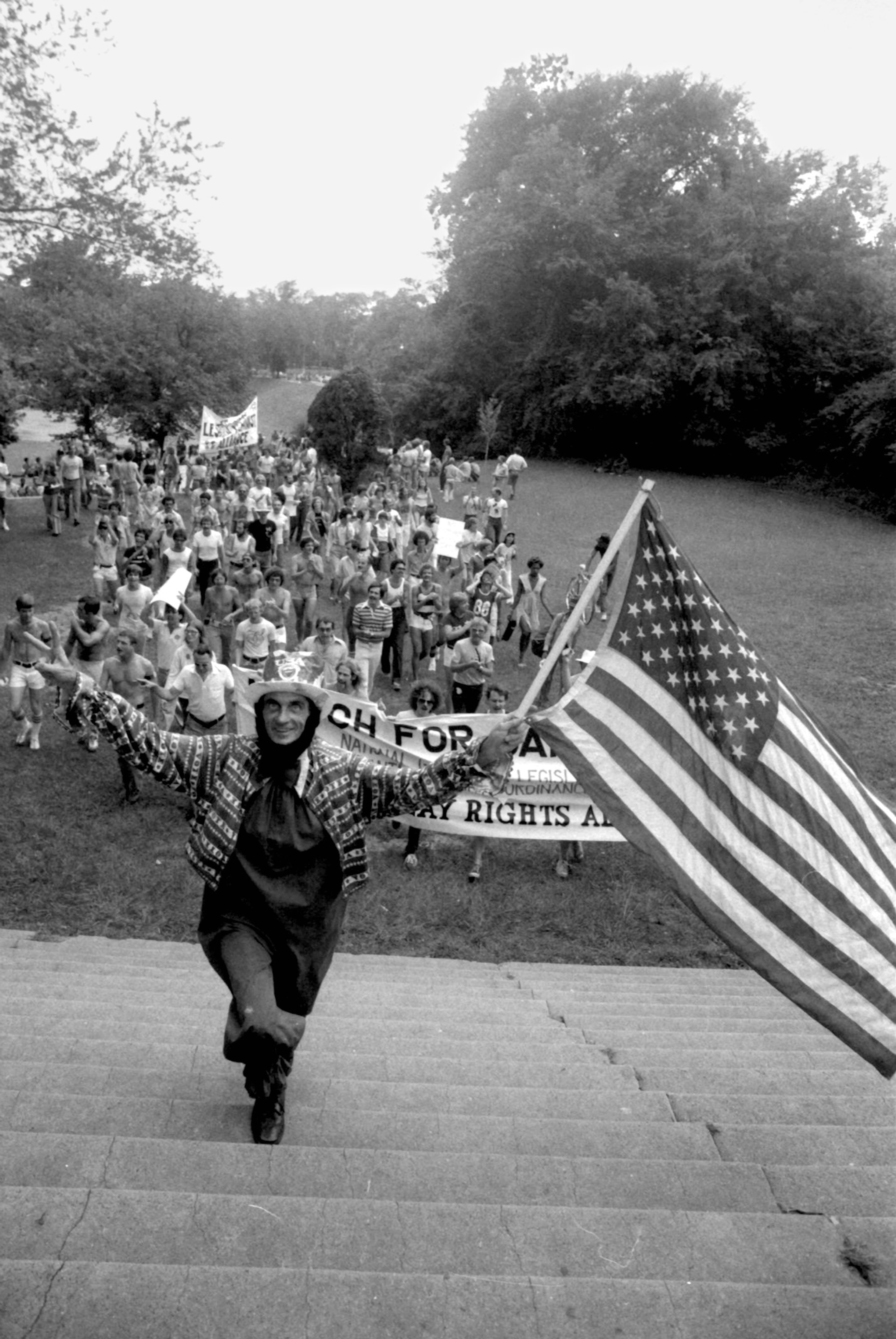
Cultivating community
“Atlanta benefited greatly from a queer great migration that had already founded communities by the thousands in San Francisco and New York,” Padgett said. “By the time of the Olympics, when I got to town, you couldn’t convince me that Atlanta wasn’t the queerest place on Earth.”
Queer life wasn’t confined to nightclubs. In the 1950s and ’60s, women formed friendships and relationships through city softball leagues. Teams like the Tomboys and the Lorelei Ladies offered a rare blend of camaraderie, competition and coded intimacy.
For Black gay men like Atlanta artist Freddie Styles, the Jolly Twelve social club created space for pride and performance in the Old Fourth Ward by wearing matching blue pants and white shirts, walking in formation, sparking catcalls and admiration from front porches. These moments weren’t minor. They were acts of presence in a city that often preferred its queer residents invisible.
That changed abruptly in 1969, when Atlanta police raided a screening of Andy Warhol’s “Lonesome Cowboys” at the Ansley Mall Mini-Cinema. They confiscated the film, arrested the theater manager and photographed the audience on their way out — an attempt to shame and criminalize them for watching queer content.
Instead, the raid lit a fuse. Days later, Atlantans gathered at a coffee shop in Emory Village to form the Georgia Gay Liberation Front. Atlanta’s queer political movement had officially begun. In 1971, the organization staged the city’s first Pride parade.
Ushering in change
In the years that followed, Atlanta didn’t just nurture queer culture, it became a national legal battleground. Georgia’s long, tangled history with privacy law — from Stanley v. Georgia, which protected the right to view pornography at home, to Bowers v. Hardwick, which upheld sodomy laws — placed the state at the center of the fight for LGBTQ+ civil rights.
In 1982, an Atlanta police officer entered Michael Hardwick’s home without warning, or a warrant, and found Hardwick engaging in consensual sex with another man. Hardwick was convicted of sodomy and faced up to 20 years in prison. The controversial case rose all the way to the Supreme Court, which ruled against Hardwick in 1986, but the groundwork was laid for future victories. The Georgia Supreme Court would overturn this sodomy law in 1998, and in 2003 the U.S. Supreme Court nullified all sodomy laws in Lawrence v. Texas, citing the Hardwick case in their arguments.
“Atlanta’s relatively progressive status inside a ruby-red state was always going to lead to friction,” Padgett said.
Hardwick didn’t ask to become a symbol, but he accepted the role, Padgett added. “He was willing to be convicted, to face the possible 20-year prison sentence and to be known in public for his conviction. He always reasoned that he had a loving family, a close circle of friends and a community of queer people that would sustain him — and not every queer person could say that.”
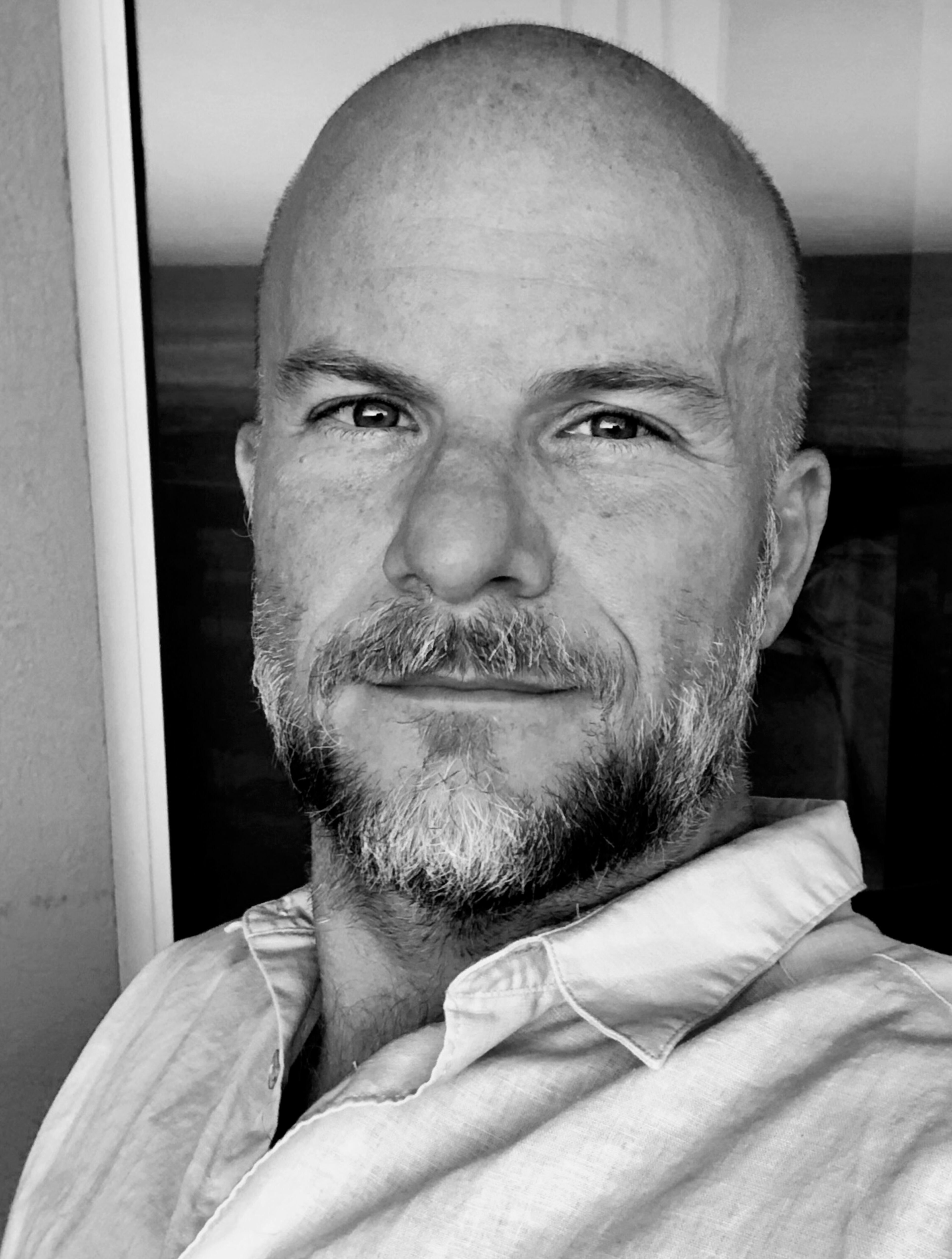
Still, even the boldest stories can fade without someone to preserve them. That’s why archivist Morna Gerrard has spent more than a decade building Georgia State University’s Gender and Sexuality Collections, now one of the most robust LGBTQ+ archives in the Southeast. Inside are flyers from drag pageants, protest zines, AIDS memorials and hundreds of hours of oral histories — each a record of resistance and resilience.
“Our oral histories are rich with stories from transplanted people,” Gerrard says. “Atlanta was definitely viewed as a safer place to be.”
Atlanta didn’t just welcome queer people, it built something with them. In a region known for pushing LGBTQ+ people to the margins, this city offered something rare: a place to gather, to speak freely, to organize, to dream. Atlanta’s queer story isn’t new. It’s just finally being told.

